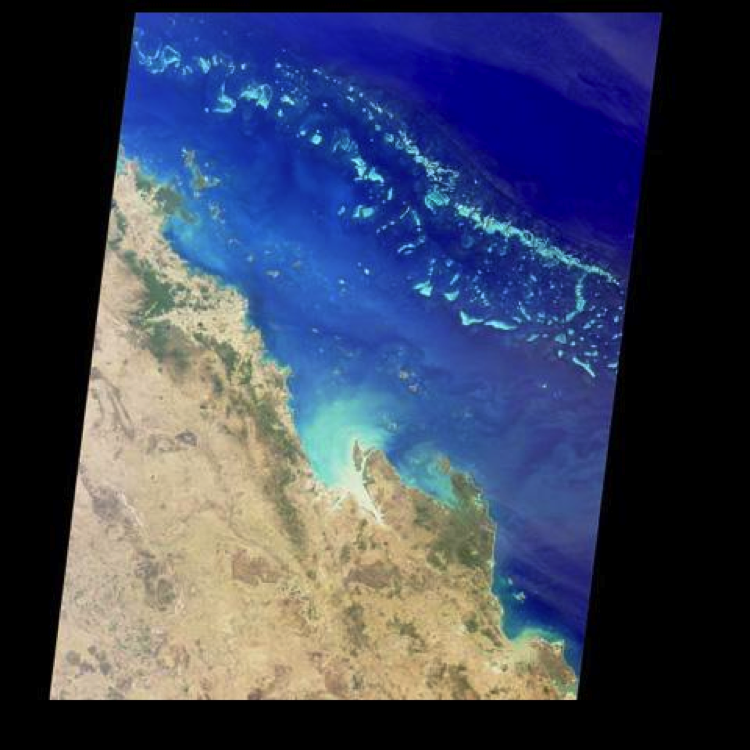Reef Coasts
What is the global distribution of coasts lined with coral reefs? Why are reefs globally distributed in this fashion? What are the different types of reef systems we see on a regional scale of kilometers or more?
Historically, the exact definition of a reef has been a bit controversial, and different definitions would be provided if you were to ask a geologist or a biologist. For the purpose of this discussion, a reef can be considered any organic framework that is wave resistant and modifies the environment around it because of organic growth. Keep in mind that this definition offers no information about the type of organism creating the reef. Corals, shellfish such as oysters, and even some types of worms can create reefs, although the scale of reefs created by oysters and certain types of worms is much different than the scale of reefs that can be created by corals. The Great Barrier Reef of northeastern Australia extends for nearly, 2300 km and is the only organic structure that is visible from space, whereas oyster reefs are typically only several 10s of meters in length. Fundamentally, reefs rise above the substrate that they are sitting upon and thus modify or alter the speed and direction of currents and waves.

